A Study of English Nautical Loanwords in the Russian Language of the Eighteenth Century
Extraits

Non classé
Raising Children Bilingually through the ‘One Parent-One Language’ Approach
02/2006
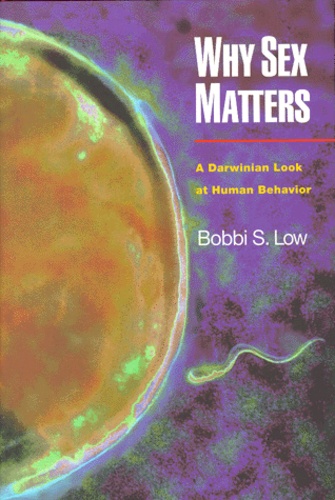
Histoire et Philosophiesophie
WHY SEX MATTERS. A Darwinian Look at Human Behavior
01/2000

Critique littéraire
Ancient Greek by Its Translators
02/2022

Non classé
Letters to Immanuel Bekker from Henriette Herz, S. Pobeheim and Anna Horkel
12/1972
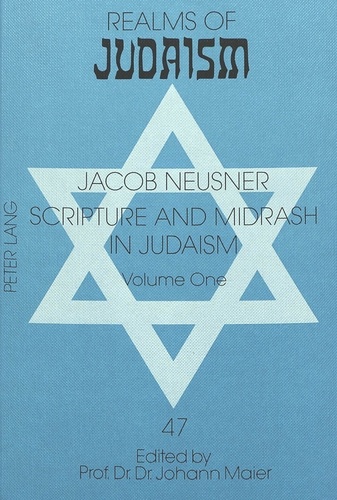
Sciences politiques
Scripture and Midrash in Judaism
03/1994
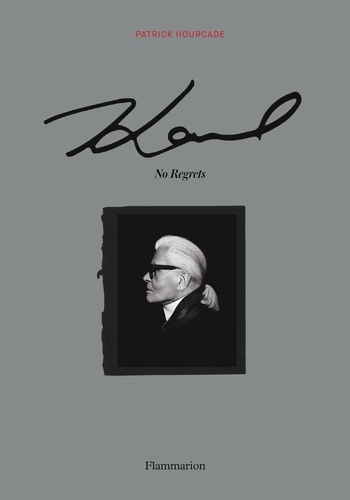
Monographies
Karl. No Regrets
10/2021

Histoire et Philosophiesophie
The Undergrowth of Science. Delusion, self-deception and human frailty
01/2000
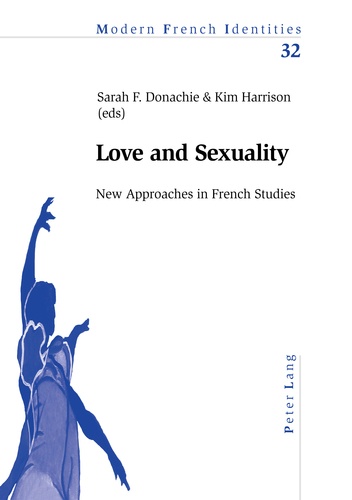
Non classé
Love and Sexuality
07/2005
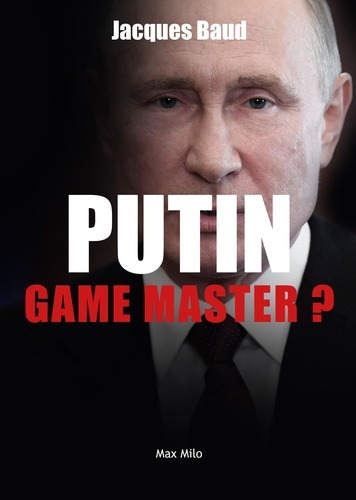
Sciences politiques
Putin, game master?
11/2022
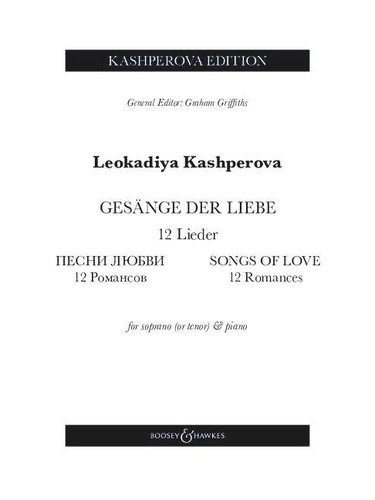
Musique classique
Songs of Love. 12 Romances. 12 Lieder. Soprano (tenor) and piano.
12/2023

Design
A Year in the French Style. Interiors & Entertaining by Antoinette Poisson
10/2023
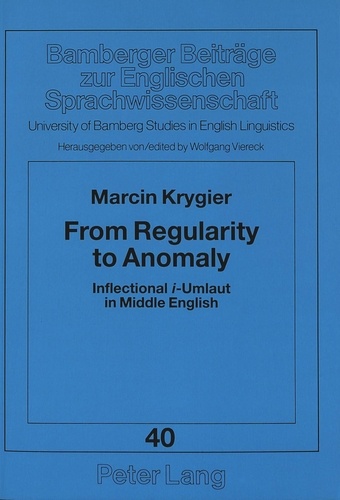
Non classé
From Regularity to Anomaly
09/1997
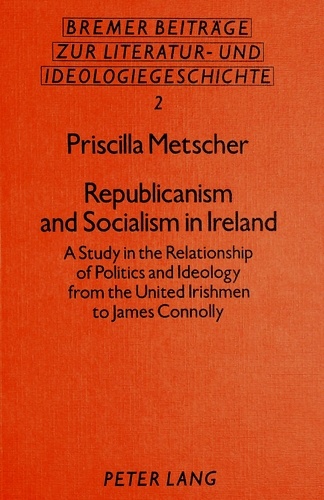
Histoire internationale
Republicanism and Socialism in Ireland
12/1986
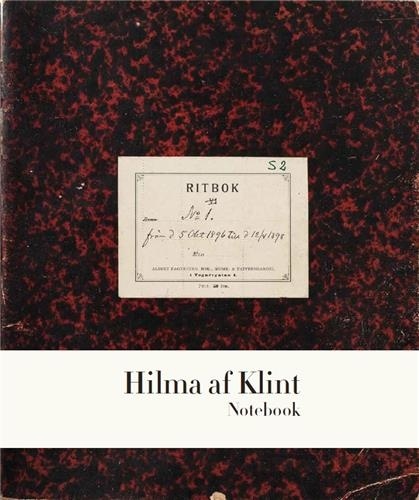
Monographies
Hilma af Klint. The Five Notebook 1
01/2022
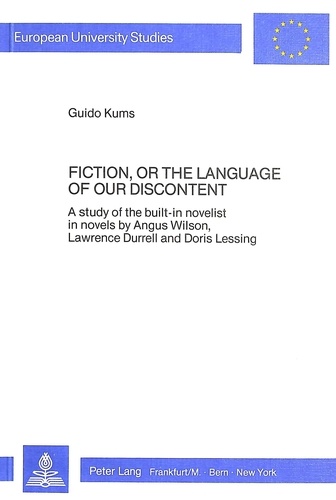
Non classé
Fiction, or the language of our discontent
12/1985
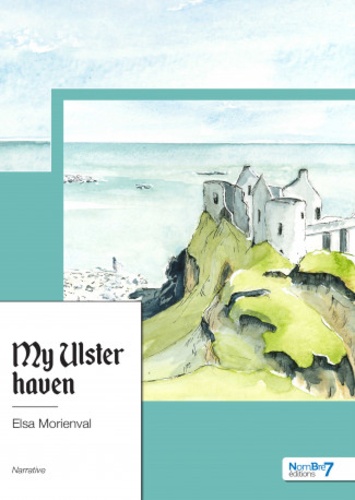
Littérature française
My Ulster haven
02/2022
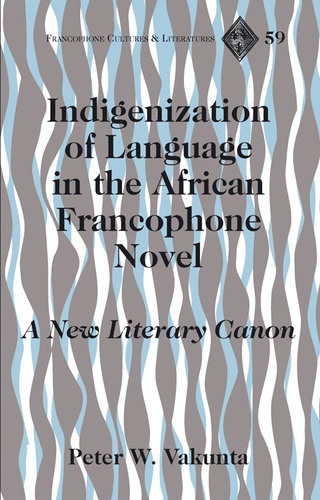
Littérature érotique et sentim
Indigenization of Language in the African Francophone Novel
12/2010

Sociologie
Polish Psychological Verbs at the Lexicon-Syntax Interface in Cross-linguistic Perspective
04/2005

Non classé
Temporal Logic, Omniscience, Human Freedom - Perspectives in Analytic Philosophy
09/1991

Non classé
The Anglo-Welsh Dialects of North Wales
06/1991

Non classé
Shakespeare's Reception in 18th Century Italy
06/1993

Non classé
Style and Rhetoric in Bertrand Russels's Work
12/1983
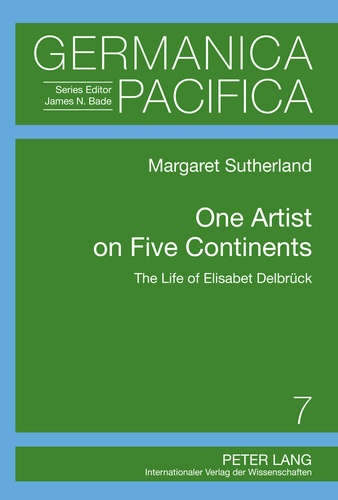
Histoire internationale
One Artist on Five Continents
12/2011
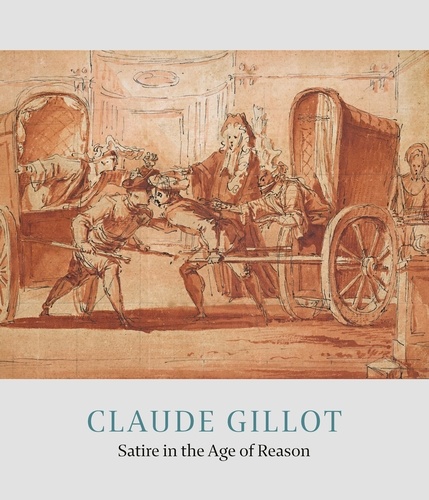
Monographies
Claude Gillot. Satire in the Age of Reason
03/2023

Philosophie
«Phädon», or «On the Immortality of the Soul»
12/2006
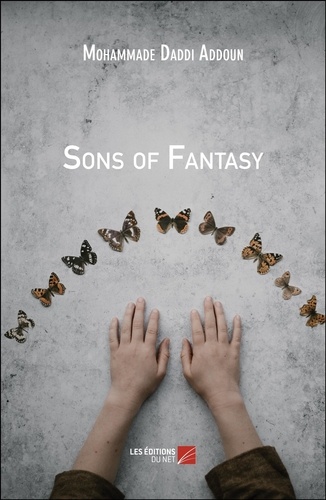
Littérature française
Sons of Fantasy
08/2018
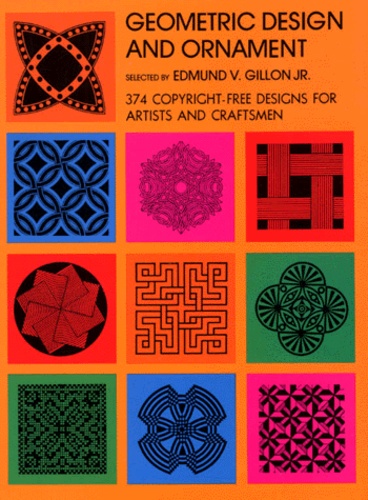
Décoration
Geometric Design and Ornament. 374 Copyright-free Designs for Artists and Craftsmen
01/1969
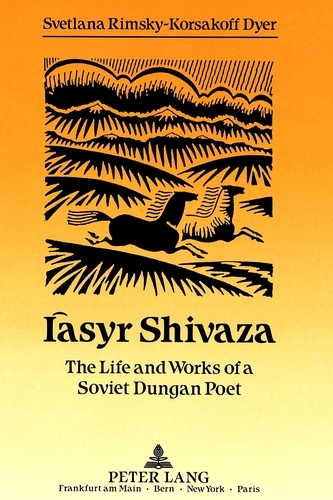
Non classé
Iàsyr Shivaza: The Life and Works of a Soviet Dungan Poet
11/1991

Histoire internationale
'Eine untergeordnete Meisterschaft?'
03/1991

Non classé
Practice and Problems in English Grammar and Usage
10/1991
